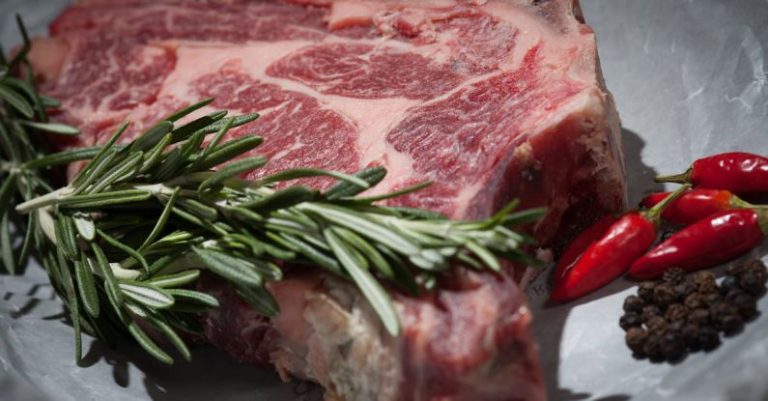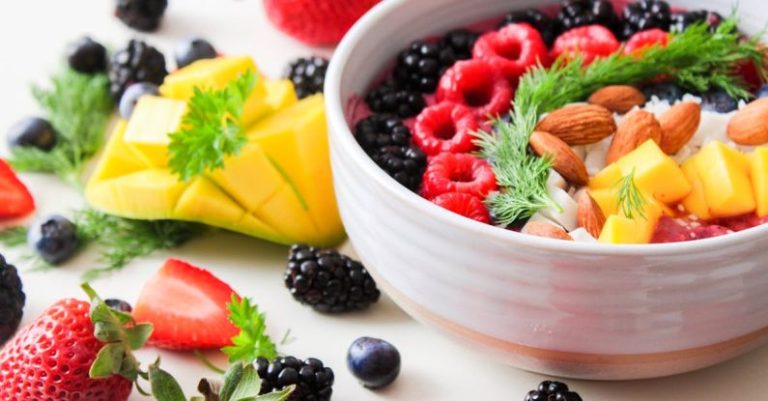
Steakhouses are known for serving succulent cuts of meat that are cooked to perfection, delighting diners with each savory bite. However, behind the scenes, chefs work diligently to ensure that the food served is not only delicious but also safe for consumption. Food safety is a top priority in any restaurant, and steakhouses are no exception. From receiving and storing ingredients to cooking and serving meals, chefs follow strict protocols to prevent foodborne illnesses and maintain high standards of hygiene. Let’s delve into the various measures that chefs take to ensure food safety in steakhouses.
**Ingredient Quality and Inspection**
The foundation of food safety in steakhouses begins with the quality and inspection of ingredients. Chefs meticulously inspect all incoming meat, vegetables, and other perishable items to ensure that they meet the restaurant’s standards. By sourcing ingredients from reputable suppliers and conducting thorough inspections, chefs can minimize the risk of contamination and ensure that only fresh, high-quality ingredients are used in their dishes.
**Proper Storage and Handling**
Once the ingredients have been inspected and approved, proper storage and handling are crucial to maintaining food safety in steakhouses. Chefs follow strict guidelines for storing perishable items at the correct temperatures to prevent spoilage and bacterial growth. Raw meats are stored separately from other ingredients to prevent cross-contamination, and refrigerators and freezers are regularly cleaned and sanitized to maintain hygiene standards.
**Sanitation Practices**
Sanitation practices play a vital role in preventing the spread of foodborne illnesses in steakhouses. Chefs and kitchen staff adhere to strict sanitation protocols, including frequent handwashing, wearing gloves when handling food, and regularly sanitizing kitchen surfaces and equipment. By maintaining a clean and hygienic kitchen environment, chefs can reduce the risk of bacterial contamination and ensure the safety of the food they serve to customers.
**Cooking Temperatures and Techniques**
Proper cooking temperatures and techniques are essential for ensuring the safety of meat dishes in steakhouses. Chefs are trained to cook meats to the recommended internal temperatures to kill harmful bacteria and pathogens. By using thermometers to check the doneness of meats and following established cooking techniques, chefs can guarantee that the dishes they serve are not only delicious but also safe to eat.
**Cross-Contamination Prevention**
Cross-contamination is a significant concern in any restaurant kitchen, especially in steakhouses where raw meats are a staple ingredient. Chefs take precautions to prevent cross-contamination by using separate cutting boards, utensils, and work areas for raw meats and cooked foods. By implementing strict protocols to prevent the transfer of harmful bacteria from raw meats to other ingredients, chefs can maintain the integrity and safety of their dishes.
**Training and Education**
Food safety training and education are fundamental aspects of ensuring that chefs and kitchen staff follow best practices in steakhouses. Chefs undergo rigorous training on food safety protocols, including proper handling, storage, and cooking techniques. By staying informed about the latest food safety guidelines and regulations, chefs can continuously improve their practices and uphold high standards of hygiene in their kitchens.
**Customer Communication**
In addition to internal food safety measures, communication with customers is also essential in steakhouses. Chefs and servers inform diners about any potential allergens or food safety concerns in the dishes they order. By being transparent about ingredients and preparation methods, steakhouses can ensure that customers make informed choices and feel confident in the safety of the food they are served.
**Maintaining Food Safety Standards**
Consistency is key when it comes to maintaining food safety standards in steakhouses. Chefs conduct regular inspections of their kitchen facilities, equipment, and practices to identify and address any potential risks to food safety. By staying vigilant and proactive in their approach to food safety, chefs can uphold the reputation of their steakhouses as establishments that prioritize the well-being of their customers.
**In Summary**
Food safety is a top priority for chefs in steakhouses, where the quality and safety of the dishes served are of utmost importance. By following strict protocols for ingredient quality, storage, handling, sanitation, cooking techniques, and customer communication, chefs can ensure that the food they serve is not only delicious but also safe for consumption. Through ongoing training, education, and vigilance, chefs uphold high standards of food safety in steakhouses, providing diners with a dining experience that is both enjoyable and worry-free.





